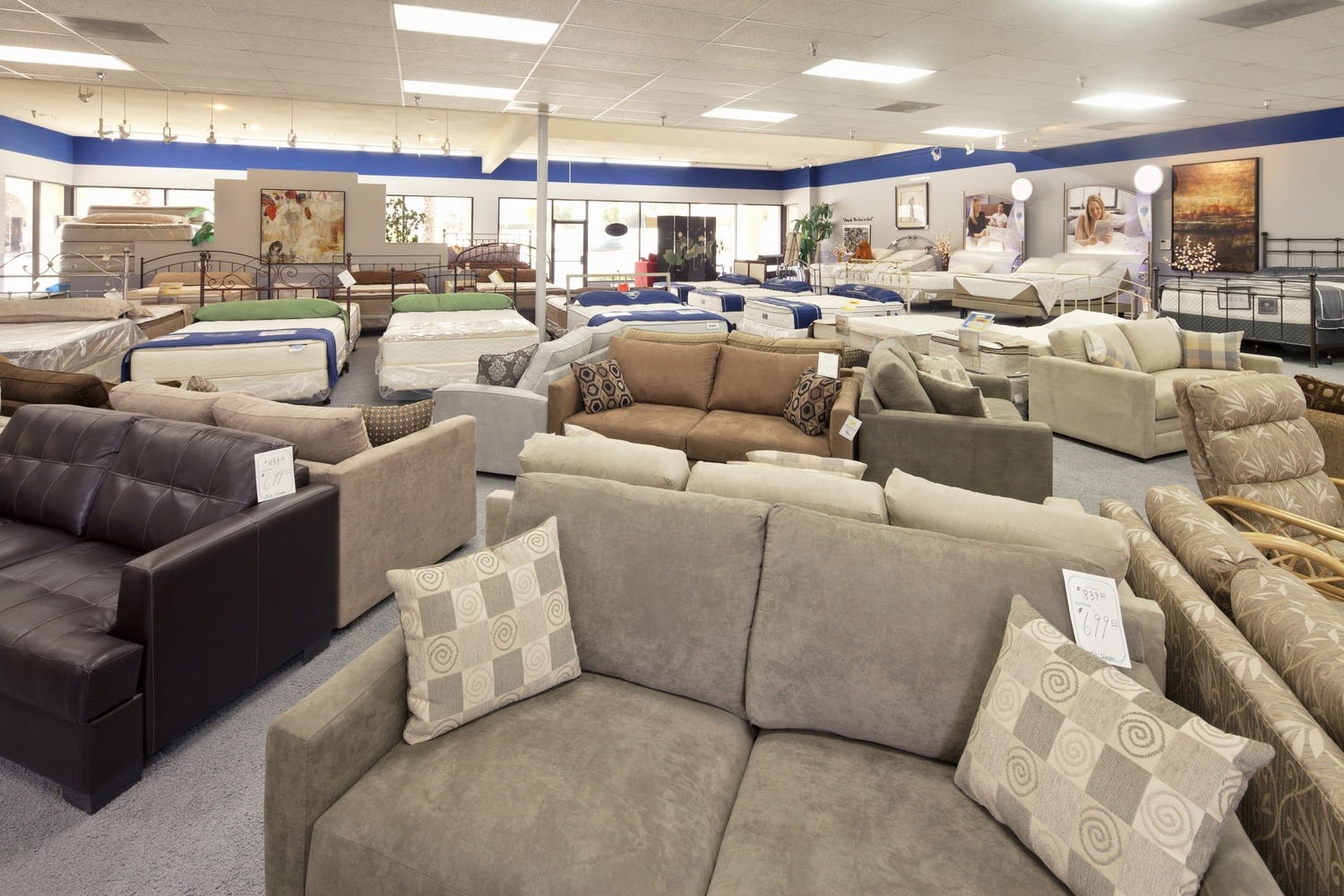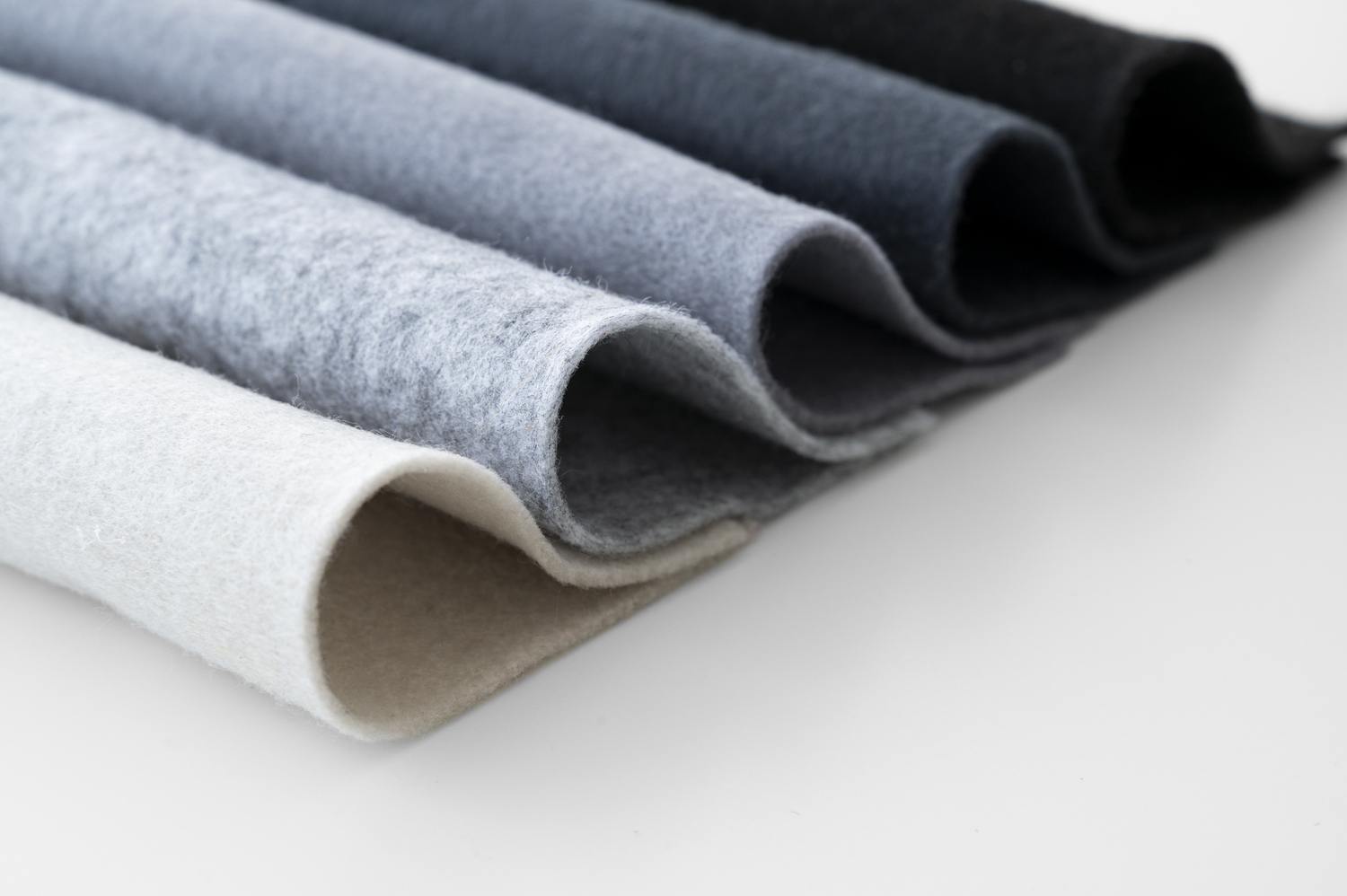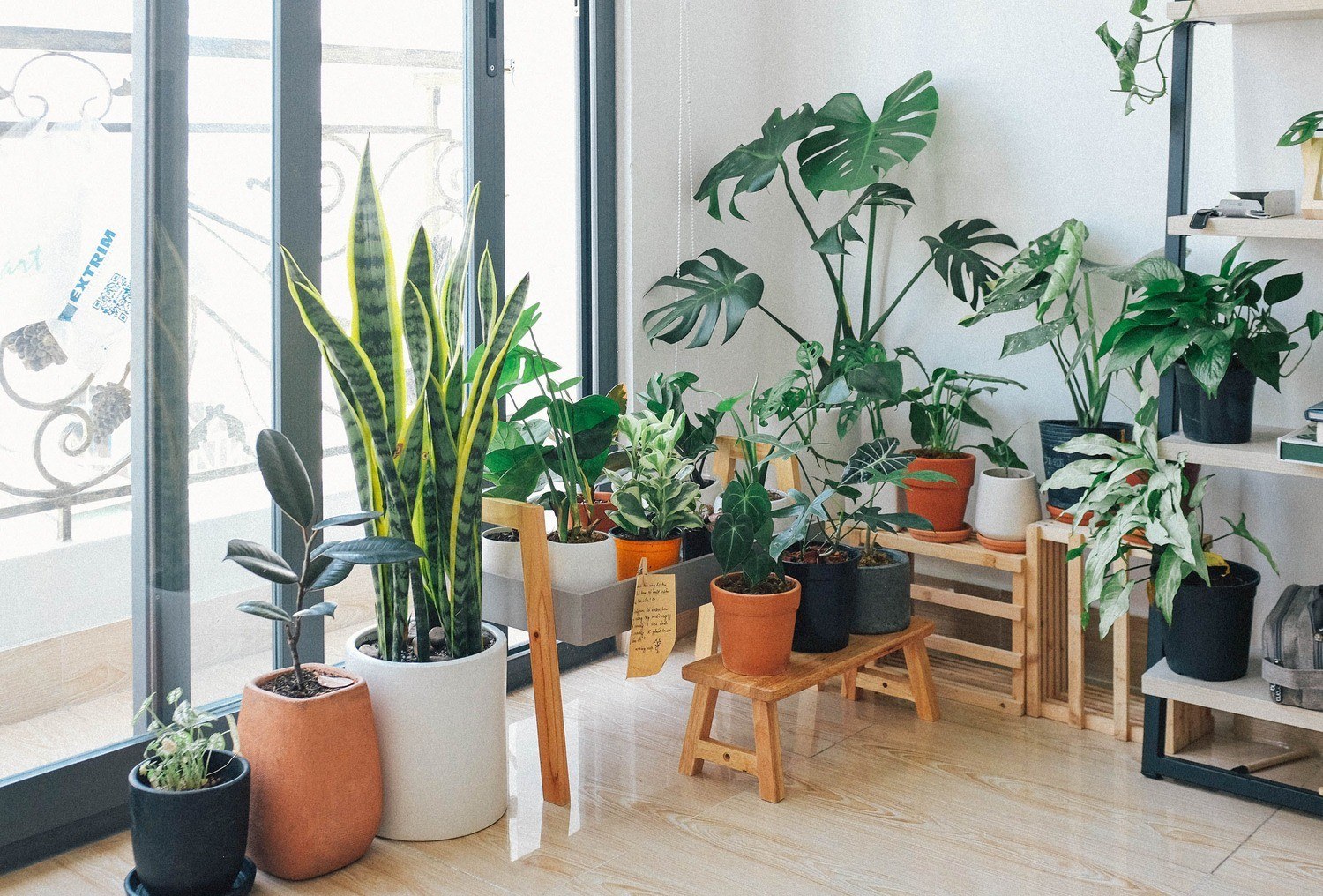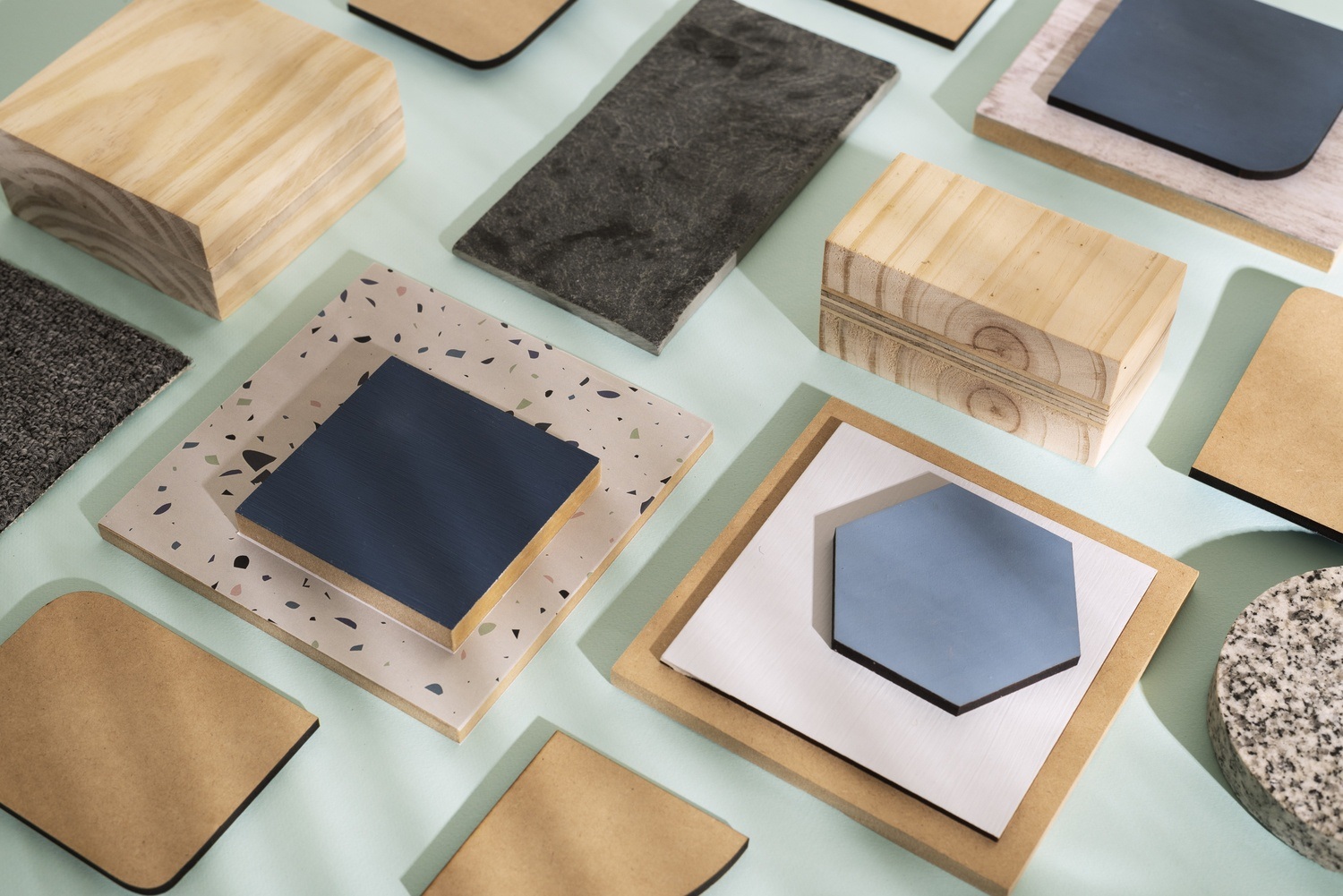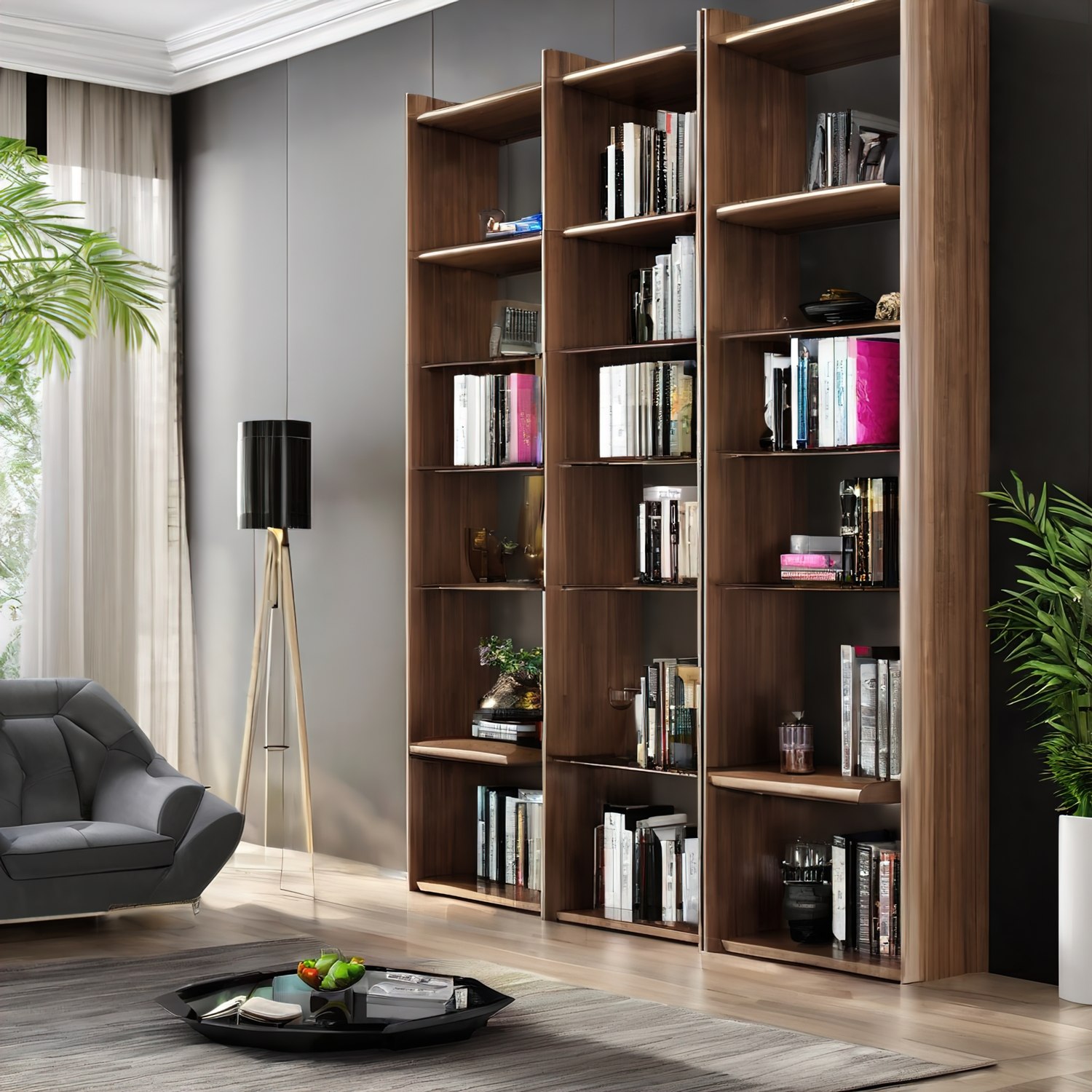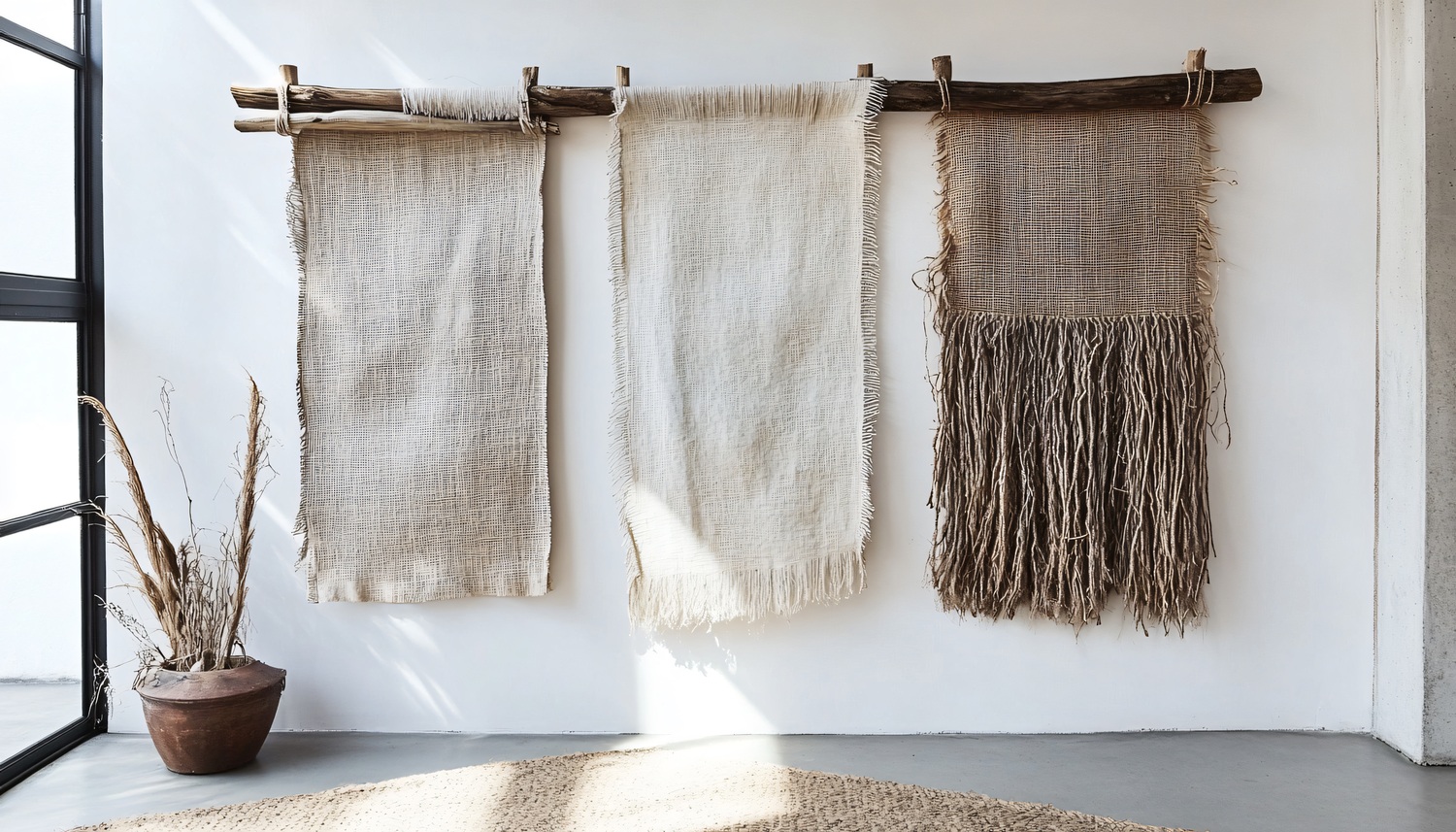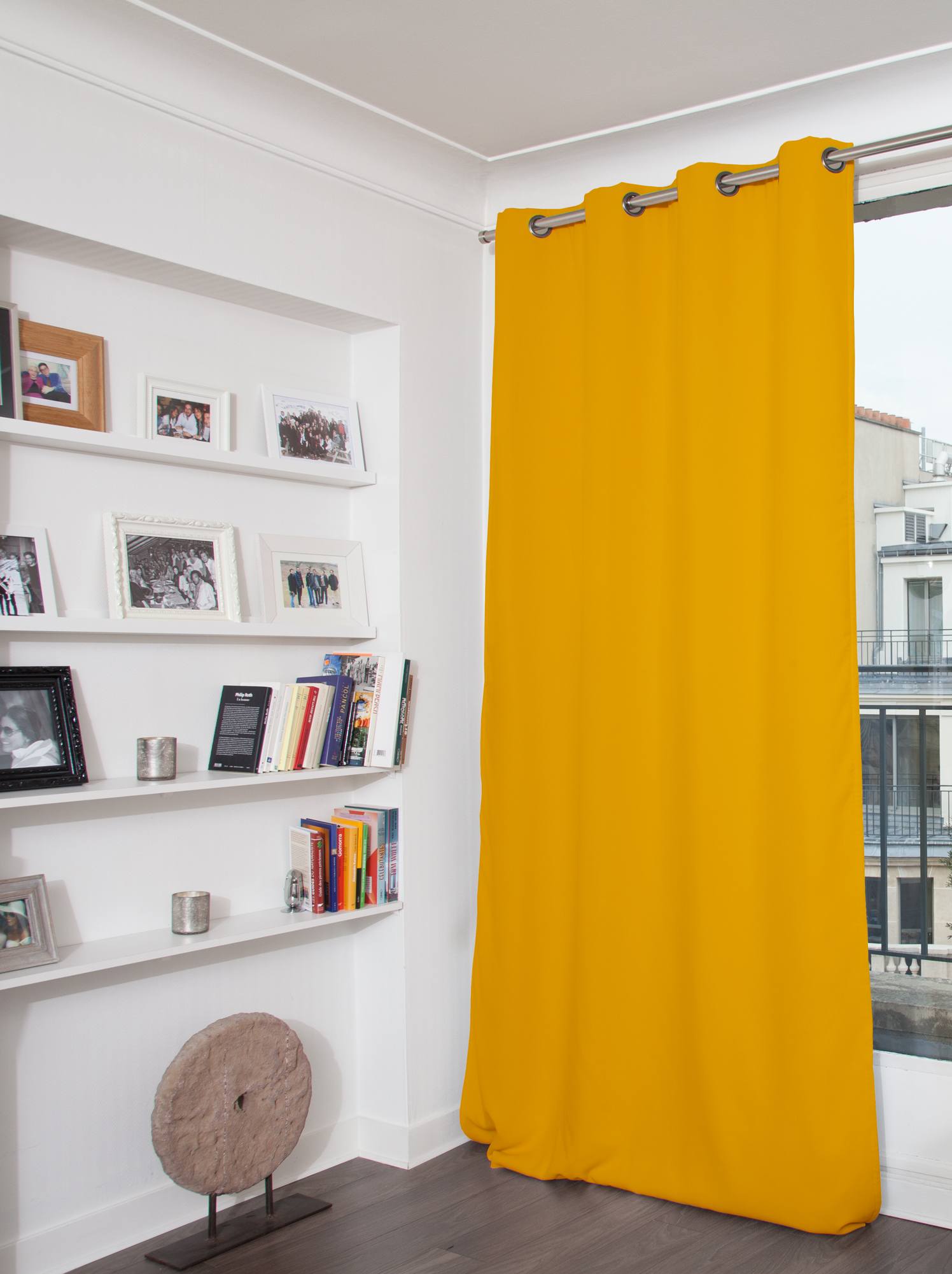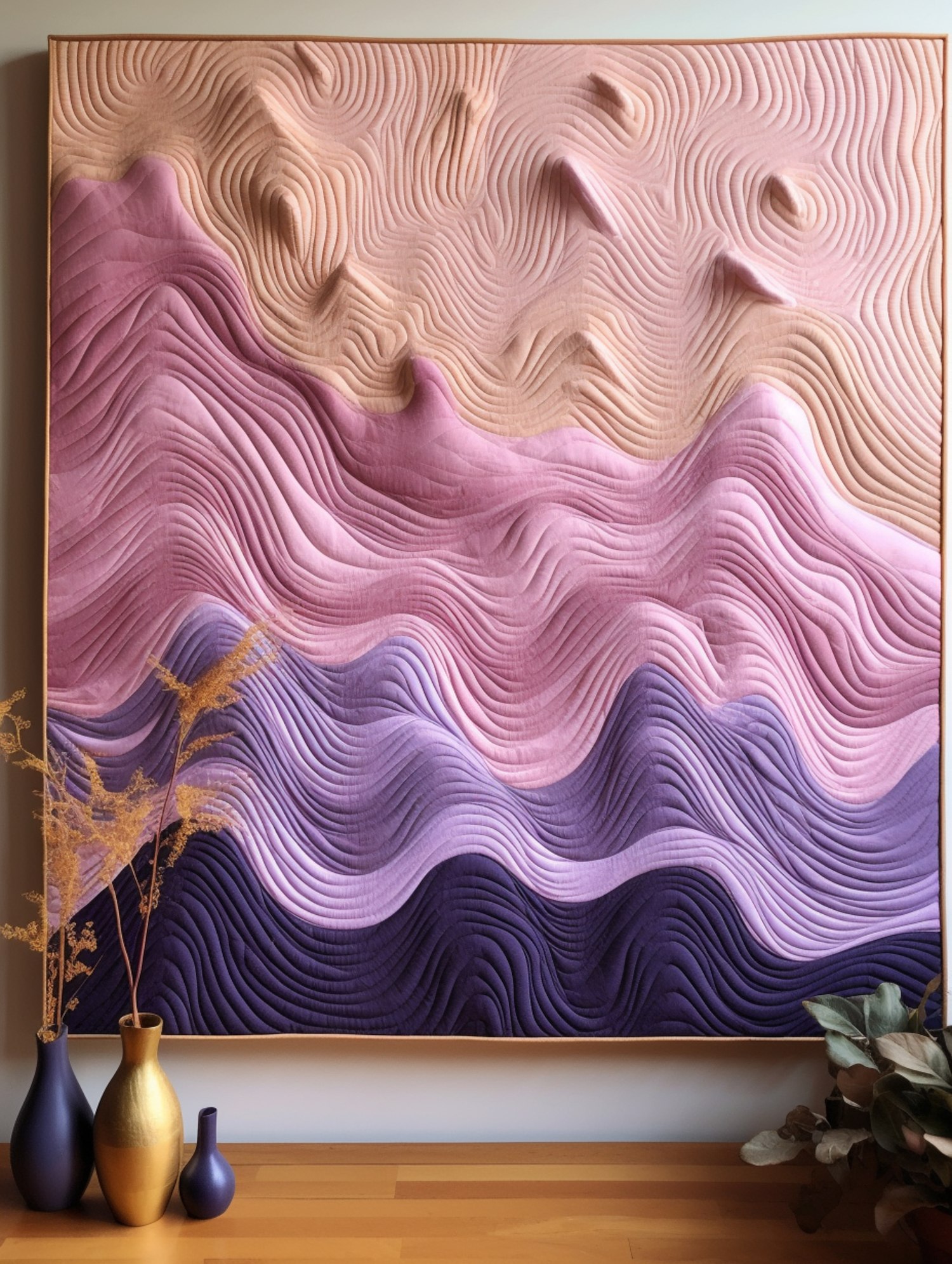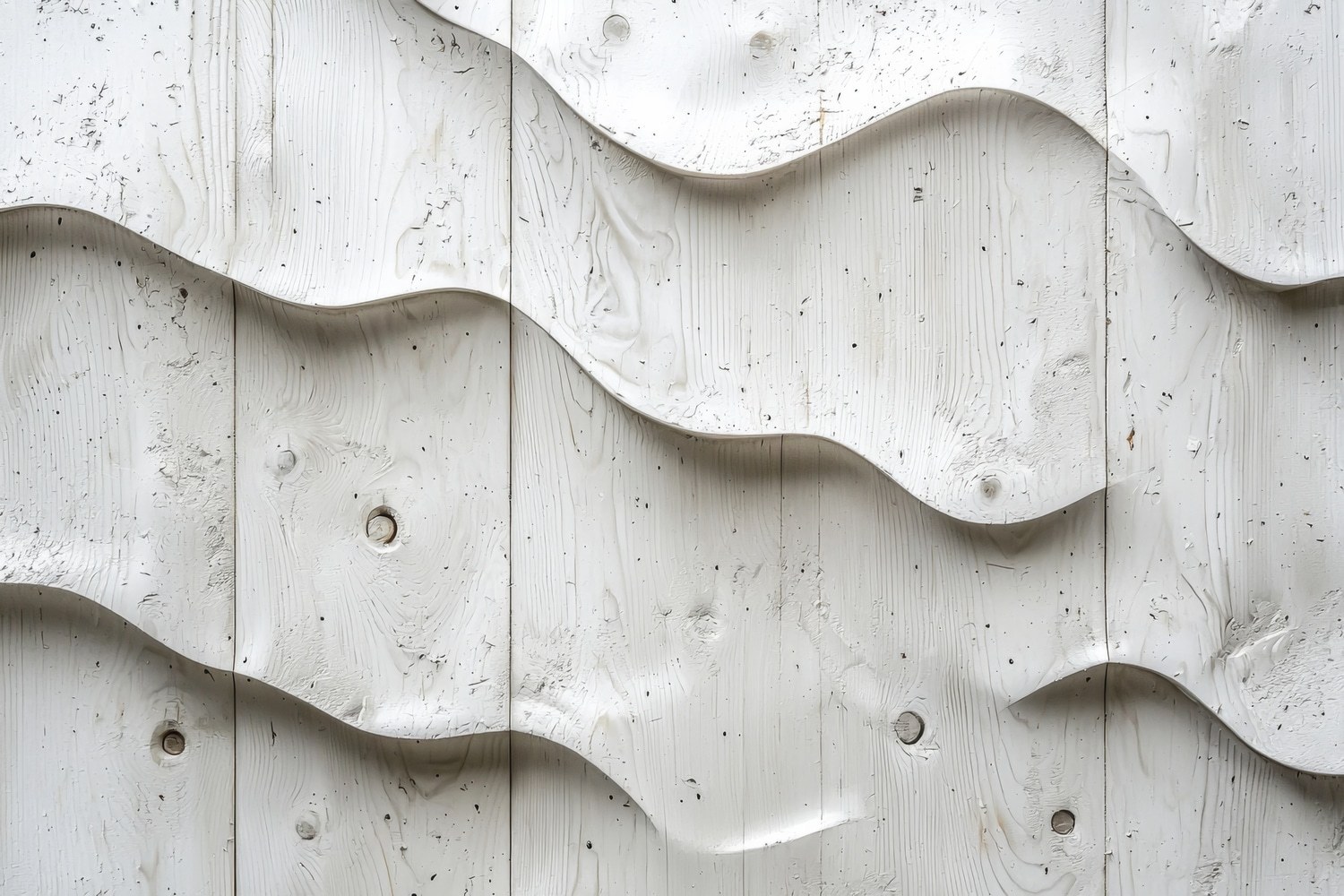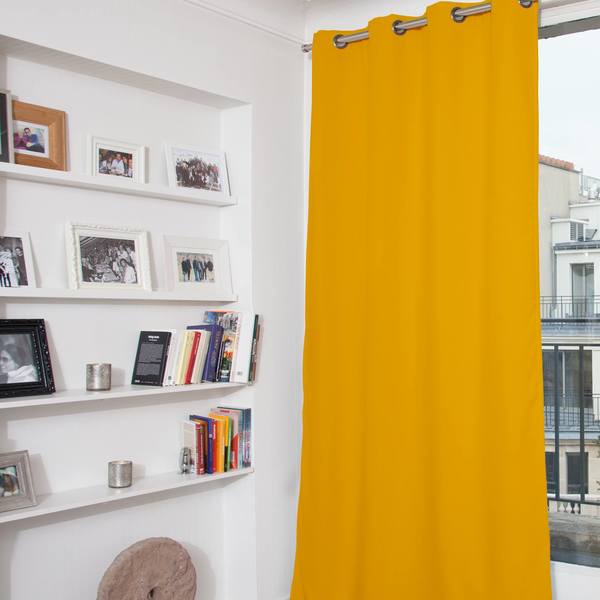Improved acoustics with thick carpets
Using thick carpets on the floor is one of the most effective ways to reduce noise in a room. Floors are large reflective surfaces where sound waves can bounce and create reverberation, leading to a noisy and unbalanced sound environment. By placing a dense, thick carpet on the floor, sound can be absorbed instead of reflected, creating a more pleasant and controlled acoustic environment in the room. Carpets work by breaking up the movement of sound waves and reducing sound reflections from hard floor surfaces. This is especially important in rooms with materials such as wood, tile, or concrete, where sound otherwise spreads easily. The thicker and denser the carpet, the more effective it is at dampening noise and creating a calmer atmosphere.
A major advantage of using thick carpets for soundproofing is that they are easy to integrate into the interior design without requiring permanent changes to the room. They can be placed strategically under furniture, in walkways, or in areas where sound tends to be amplified. For best results, combine the carpet with a sound-absorbing mat or underlay to further reduce vibrations and sound transmission through the floor. In addition to improving acoustics, thick carpets also contribute to increased comfort by creating a softer and more pleasant surface to walk on. They can also act as thermal insulation, helping to keep the room warmer and more energy efficient.
Choosing the right carpet for soundproofing depends on the size of the room, the flooring material, and the level of noise that needs to be reduced. A thick carpet with a high pile absorbs more sound than a thinner version and is therefore a better choice for rooms where the noise level is high. In larger rooms, a combination of several carpets can be an effective solution for spreading sound absorption over a larger area. By integrating thick carpets into the room's interior design, you can not only improve the acoustics but also create a more cozy and pleasant environment. Carpets are a practical and aesthetically pleasing solution for reducing disturbing noise and creating a more harmonious atmosphere in the home or workplace.
Improved sound insulation with sound-absorbing material under carpets
Placing sound-insulating materials under carpets is one of the most effective measures for reducing sound transmission through the floor and creating a more comfortable sound environment. Noise from neighbors, footsteps, and vibrations from furniture can easily spread through the floor, especially in apartment buildings where the building's construction often amplifies sound vibrations. By using heavy and dense sound-absorbing materials, such as SilentDirect Polaric soundproofing mat or SilentDirect MLV rubber mat, both airborne sound and structure-borne sound can be significantly reduced.
SilentDirect Polaric soundproofing mat is an effective choice for those who want to improve the sound environment in their home. It absorbs sound waves and reduces reverberation, making it particularly suitable for rooms where sound is reflected from hard floor surfaces. Placing the damping mat under an existing carpet creates an extra sound-absorbing barrier that reduces the spread of sound both within the room and to adjacent floors.
SilentDirect MLV rubber mat is an alternative for those who need to maximize sound insulation. MLV (Mass Loaded Vinyl) is an extremely dense and flexible rubber mat that effectively blocks sound transmission through the floor. It works particularly well for dampening low-frequency sounds and vibrations that can be difficult to manage with other sound-absorbing materials. Placing SilentDirect MLV under carpets can significantly reduce both footfall noise and sound leakage between floors.
To achieve the best possible effect, it is important to cover as much of the floor surface as possible. Although it is not always possible to cover the entire floor, strategically placed damping mats can make a big difference. For example, if the sound is most noticeable in certain areas, such as in walkways or under heavy furniture, local placement of SilentDirect Polaric or SilentDirect MLV can give good results.
This method is particularly advantageous for those who are unable to carry out extensive floor renovations. Laying sound-insulating material under existing carpets is a quick and cost-effective solution that does not require any changes to the building's structure. This makes it an ideal option for both tenants and homeowners who want to improve their sound environment without making permanent changes.
By combining SilentDirect Polaric damping mats and SilentDirect MLV with thick carpets, you can create a highly effective sound barrier. This combination helps to reduce both high-frequency and low-frequency noise, creating a more comfortable living environment. Whether you are bothered by footsteps from upstairs, echoing sounds in the room, or noise from neighbors, this is a simple and practical solution for improving sound comfort in your home.







